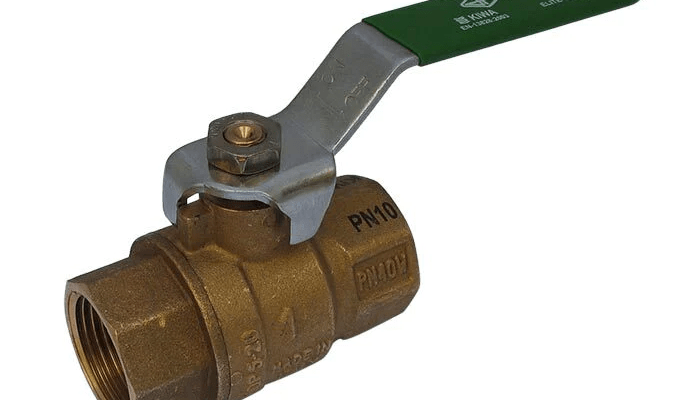Valves are essential components of many household systems and appliances. They control the flow of fluids and play a vital role in ensuring our homes’ safe and efficient operation.
A wide variety of valves are used in households, each with its own unique purpose and application. This article explores these applications in more detail.
Shut-off Valves
Shut-off valves are used to turn on or off the flow of a fluid. They are typically found under sinks, behind toilets, and on outdoor faucets. Shut-off valves are important for safety and maintenance, as they allow you to isolate a section of plumbing to prevent leaks or floods.
Ball valves and gate valves are commonly used as shut-off valves in household applications.
For example, consider a leaky faucet. By closing the water shut-off valve under the sink, you can prevent water from flowing to that faucet, making it easy to perform repairs without shutting off water to the entire house.
Control valves
Control valves regulate the flow of a fluid. They are used in various applications, such as toilets, radiators, refrigerators, dishwashers, and washing machines.
Globe, butterfly, and diaphragm valves are commonly used as control valves. Control valves can be used to adjust the fluid’s temperature, pressure, or volume. For example:
- The toilet flush valve controls the release of water from the tank to the bowl when the toilet is flushed.
- The radiator valve controls the flow of hot water to and from the radiator.
- The refrigerator valve controls the refrigerant flow and other fluids in the refrigerator.
- The dishwasher valves control the flow of water, detergent, and rinse aid in the dishwasher.
- The washing machine valves control the water, detergent, and fabric softener flow in the washing machine.
Check valves
Check valves allow fluid to flow in one direction only. They prevent backflow, which can contaminate the water supply or damage plumbing fixtures and appliances. Check valves are commonly found in sump pumps, water heaters, and air conditioners.
Thermostatic Valves
Thermostatic valves are crucial for regulating water temperature in your shower, bathtub, or central heating system. They maintain a constant water temperature, ensuring you don’t experience sudden scalding hot or cold water bursts.
For example, to set the temperature of your shower to 105 degrees Fahrenheit, turn the thermostatic valve to 105 degrees. The valve automatically mix hot and cold water to maintain the desired temperature.
Gas Valves
Gas valves control the flow of natural gas or propane in your home. They are found in gas stoves, water heaters, and furnaces. These valves ensure the safe delivery of gas to your appliances.
For example, If you want to turn on your gas fireplace, you’ll use a gas valve to control the gas flow to the burner. When you’re done enjoying the cozy fire, turning the valve off ensures no gas is wasted.
Pressure-reducing Valves
Pressure-reducing valves (PRVs) are installed on your main water line to reduce the water pressure entering your home. High water pressure can cause damage to your plumbing and appliances, so PRVs maintain a safe and consistent pressure.
For example, If your home’s water pressure is excessively high, you may notice leaks, damaged appliances, or noisy pipes. A PRV can protect your plumbing system by reducing the pressure to a safe level.
Conclusion
Valves ensure the smooth operation of various systems. They empower you to control water flow, maintain steady temperatures, and manage gas delivery, making your daily life more comfortable and efficient.
By understanding the different types of valves and their applications, you can better troubleshoot and maintain your home’s plumbing and other systems. Additionally, you can make more informed decisions when purchasing new appliances and fixtures.













[…] Check valves allow water to flow in only one direction, preventing backflow. They are commonly used in residential plumbing systems. […]